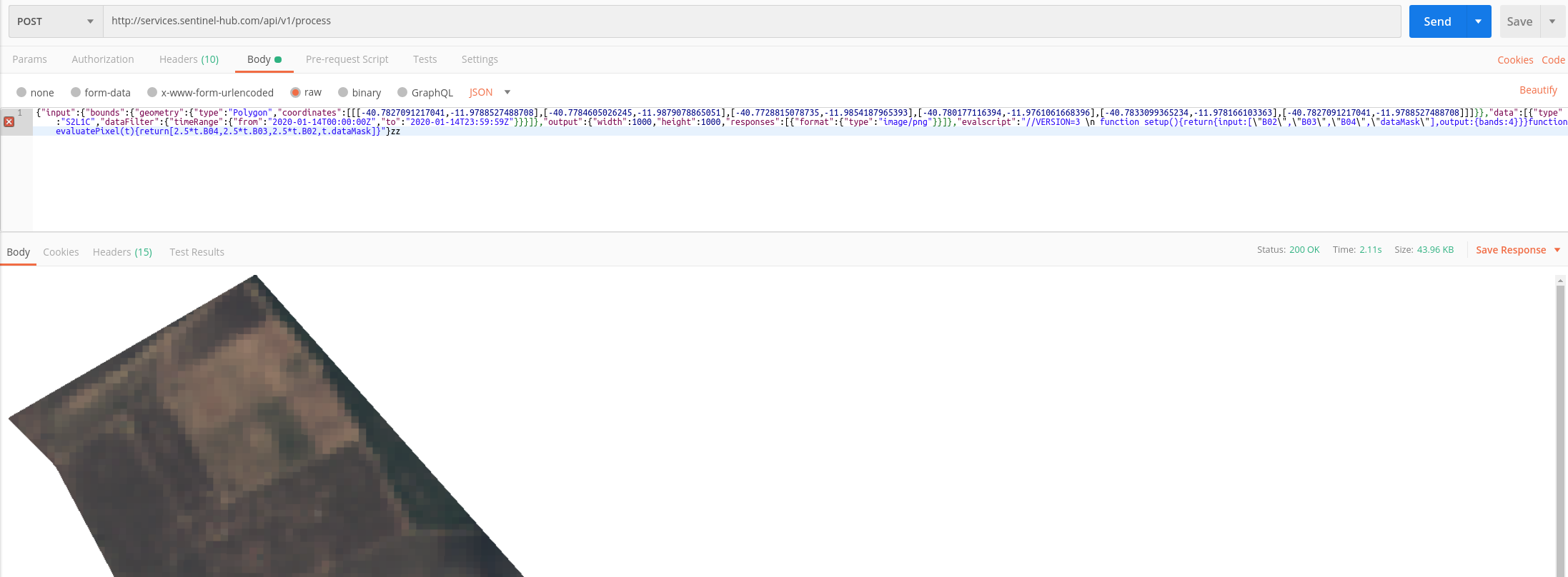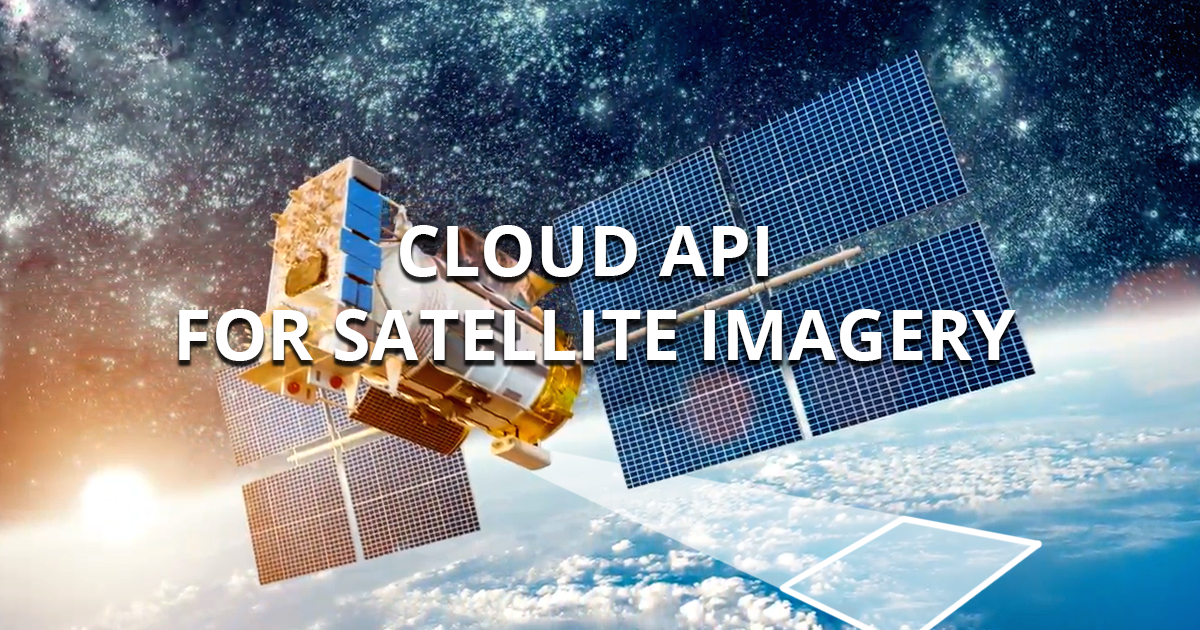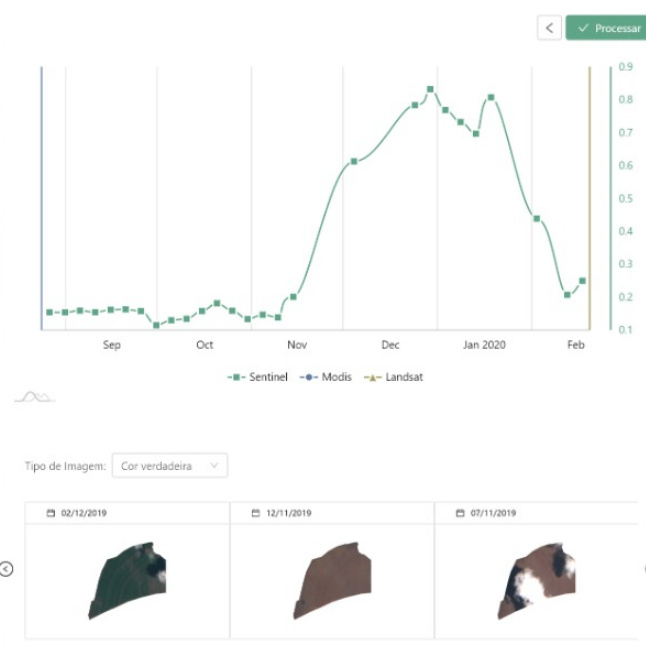Hey there.
Is there a way to get at same time (and request) the NDVI index and the polygon image from a specified range date ?
Today we use FIS to get NDVI Statical Info and for each date we make an additional request to Sentinel Hub RESTful API (https://docs.sentinel-hub.com/api/latest/#/API/) to grab the polygon image
But if we have a large range of dates, the request become slow because we need to fetch in a individual way each date to grab the polygon image.
Would be great if we have a solution for it.
Best regards




